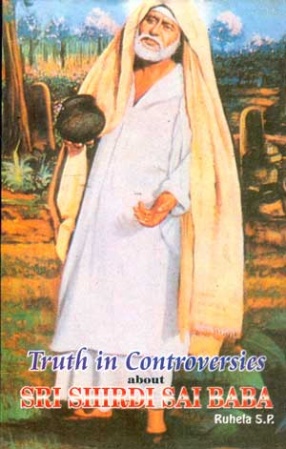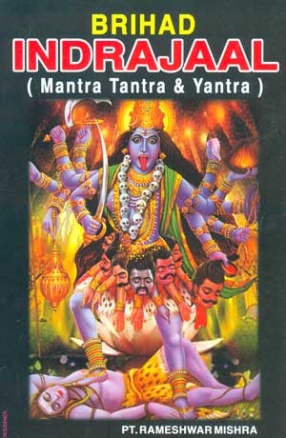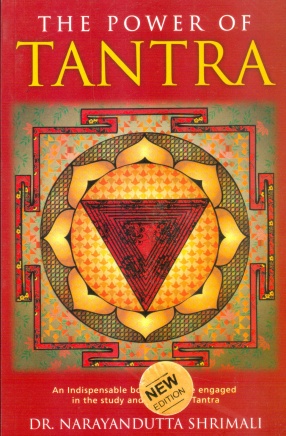Life of Swami Asimananda Saraswati and Our Memories
Sanatan Dharma is the perennial religion of this country (India). We have to depend upon the knowledge from Vedas, epics of Ramayana, Mahabharata, Tantra, Puranas and others, to seek deep insight into Sanatan Dharma. But Sanatan Dharma cannot be understood only through reading these texts. There is a need to study the lives of saints and men of realized souls which may guide us to the real path of Sanatan Dharma. Dharma should manifest itself in the character and behavior of the person practicing it. Without acquiring the treasures of faith, sacrifice, conscience, stoicism and total dependence on God, one cannot gain anything even after adopting a particular path of Dharma. Mere sectarian practice of superstitions and acceptance or refusal of sayings is not Dharma. This is why Sanatan Dharma is not a sectarian approach but it encompasses within itself different streams of devotions which have been termed the philosophy of Vaishnavas, Shaktas, Shaivas, Yoga and others. Different deities, representing different thoughts and facts, are the manifestations of the same one God in various forms. The tolerant nature and broad views of Sanatan Dharma believe that although God is worshipped in different names and different forms; either as Saguna (with form) or Nirguna (formless), they are all facets of one Supreme God, where there is no duality. Everything is perceived within the oneness and thus Sanatan Dharma is the concept of uniformity within plurality or multiplicity of the world. India is a sacred place of multiple incarnations of great souls, enlightened saints and ascetics since ancient times. Whenever there is a rise in defilement of Dharma and growth of injustice, great saints as incarnations of God, have appeared and made the world free from evil forces. The unique character of such great saints has been the torch-bearers in establishing the ideals for upliftment of the society. From time to time the human society afflicted with troubles, grief and hopelessness, have been guided by the appearance of these great souls, showing a new path towards their goal, which has renewed their strength and motivation in pursuit of the Divine truth. Since times immemorial, the holistic approach of the saints have prevented any divisions in the cultural integrity of India. Similar to the incarnation of Rama, Krishna and others in ancient times, many great saints like Shree Catania Mahapravu, Guru Nanak, Kabirdas, Narsi Mehta and others appeared in various parts of India over a period of last five to six hundred years. They showed the world the path to perennial peace. The traditions of these saints are still prevalent in various parts of the country in the form of various religious sects. These are still working for the welfare of the common people. In Bengal Shree Advaitacharya and Shree Nityananda are considered as the chief followers of Shree Catania Mahapravu. About six hundred years ago, in Shantipur (District-Nadia, West Bengal) a great devout, Shree Advaitacharyaji began praying fervently and earnestly for the incarnation of his tutelary deity, Shree Shyam Sundarji with oblation to the deity of Tulsi (sacred basil) leaves and holy Ganga water. Owing to his earnest prayers Shree Krishna himself reincarnated in the form of Shree Catania Mahapravu for the establishment of Sanatan Dharma. All signs of 'all pervading love' have been witnessed in the divine life of Shree Catania Mahapravu. On seeing the plight of the human society, he blessed the society by spreading Divine Love. Shree Mahapravu had proclaimed that "A time will come when my Naam Sankirtan will be propagated in every part of the world." He had said that Naam Sankirtan (songs sung in praise of Gods) is the absolute and easiest method to achieve God's love. All the miseries in the form of diseases, grief, etc. are eliminated by Naam Sankirtan only. Purification of one's character, growth in devotion by all methods, eradication of all worldly desires and yearnings - all these are brought about through Sankirtan. Through this Sankirtan only a religious aspirant gets to have a taste of the Divine love which makes him absorbed in the desire to achieve Shree Krishna and to the service of God. About three hundred years after the incarnation of Shree Catania Mahapravu, under similar kind of perturbed environment, many saints took birth in various parts of the country. Each of these great saints had a distinct region for the spread of religious ideas. Sad guru Shree Bijoy Krishna Goswamiji was born in the tenth successive generation of Shree Advaitacharya. This was the time when great saints such as Shree Rama Krishna Paramhansa, Shree Loknath Brahmachari, Shree Tailanga Swami, Shree Gombhiranathji, Shree Ramdas Kathiababa, Shree Bholananda Giri and others brought about revival of Sanatan Dharma, and the effect of which can still be perceived today. All these contemporary saints had intimate relations with Sad guru Bijoy Krishna Goswamiji. The religious tradition of Goswamiji proceeded along like a vast expanse of Holy Ganga river washing off the sins and grief of countless men.
Get it now and save 10%
BECOME A MEMBER







Bibliographic information